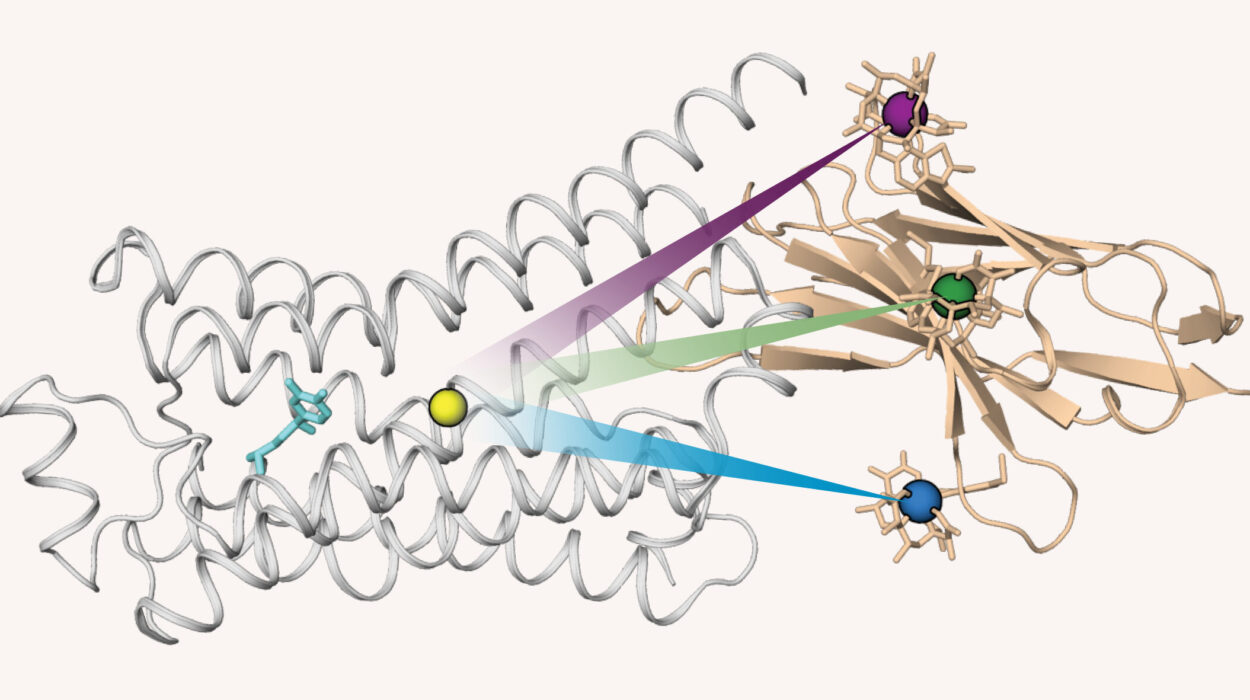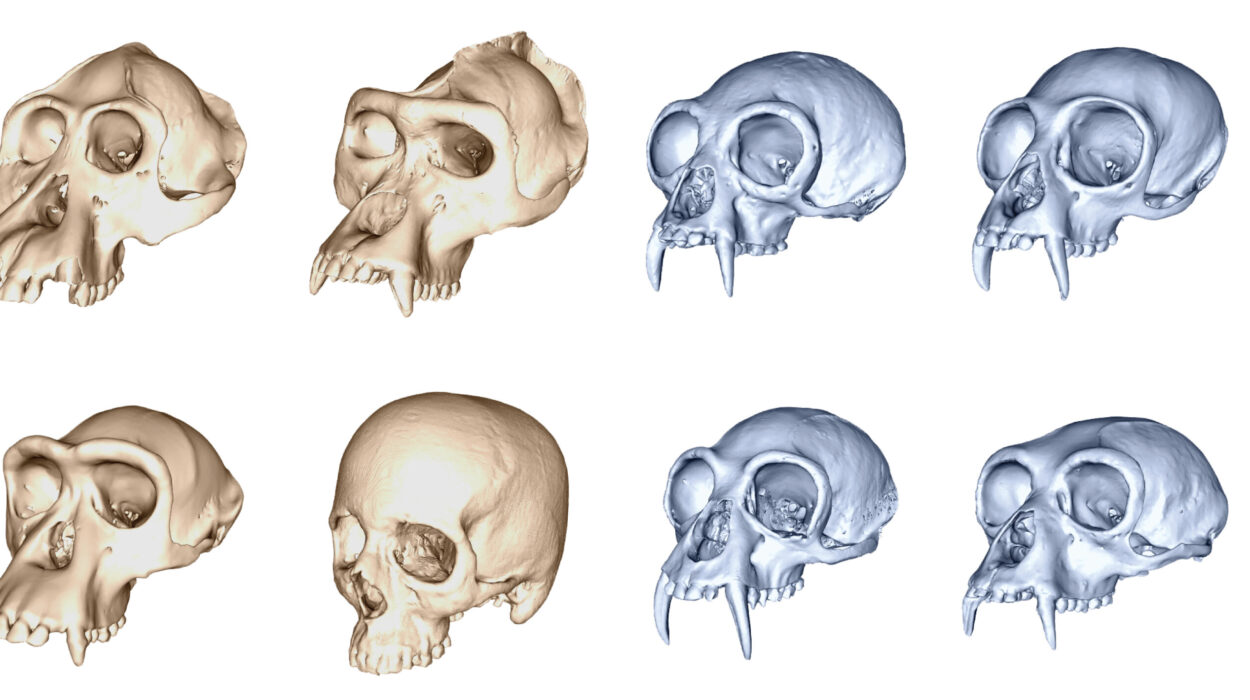Quantum memory is a revolutionary concept in quantum information science that refers to the ability to store, preserve, and retrieve quantum information. Unlike classical memory, which stores data in binary form—bits represented as 0s and 1s—quantum memory operates using quantum bits, or qubits. These qubits exploit the principles of quantum mechanics, particularly superposition and entanglement, to store information in ways that classical systems cannot replicate. Quantum memory is an essential component of quantum computers, quantum communication networks, and quantum cryptography systems, forming a crucial link between the theoretical framework of quantum physics and its practical technological applications.
The development of quantum memory is not merely about increasing data storage capacity but about achieving a completely different paradigm of information storage. In a classical sense, information is definite and deterministic, but in a quantum sense, it is probabilistic and can exist in multiple states simultaneously. This ability to encode information in the quantum state of atoms, ions, photons, or superconducting circuits introduces a fundamentally new way of processing and transmitting data.
Quantum memory aims to achieve reliable, long-lived, and high-fidelity storage of quantum states. It plays a vital role in connecting different parts of a quantum system—especially in large-scale quantum networks—by acting as a temporary or long-term storage medium for quantum information. Without quantum memory, the realization of fully functional quantum computers and secure quantum communication systems would remain an elusive goal.
The Foundations of Quantum Memory
To understand quantum memory, one must first understand the principles that govern quantum mechanics. In the quantum world, particles do not behave like classical objects. Instead, they are described by wave functions that represent probabilities of finding the particle in a given state. The concept of superposition allows a qubit to exist in a combination of the states |0⟩ and |1⟩ simultaneously. This superposition is what gives quantum memory its unparalleled potential for information density and computational power.
Another key concept is quantum entanglement, a phenomenon in which two or more particles become correlated in such a way that the state of one cannot be described independently of the others, even if they are separated by vast distances. Entanglement allows for quantum teleportation—the transfer of quantum information from one location to another without moving the physical carrier of the information. Quantum memory uses these phenomena to store and manipulate information in forms that defy classical limitations.
A crucial aspect of quantum memory is coherence, which refers to the preservation of the relative phase between quantum states. Quantum coherence is what enables interference and superposition effects to exist. However, quantum systems are highly sensitive to their surroundings. Interactions with the environment lead to decoherence—the loss of quantum information due to noise, temperature fluctuations, or unwanted interactions. The ability of a quantum memory system to maintain coherence over time is one of its defining performance characteristics.
The Need for Quantum Memory in Quantum Information Science
Quantum memory is a cornerstone of quantum information processing and communication. In quantum computing, memory elements are required to store intermediate results of computations or to synchronize different operations within a quantum circuit. Without a reliable quantum memory, it would be impossible to scale up quantum processors or execute complex algorithms that require multiple steps and feedback.
In quantum communication, quantum memory serves as a buffer between different parts of a network. It allows for the synchronization of quantum signals and enables the construction of quantum repeaters—devices that extend the range of quantum communication beyond the limits imposed by photon loss in optical fibers. Quantum memory thus becomes an essential component for building a global quantum internet.
Furthermore, in quantum cryptography, particularly in quantum key distribution (QKD), quantum memory can store quantum keys or entangled states until the right conditions for secure transmission are met. This ensures that communication remains secure even in the presence of delays or interruptions.
Without quantum memory, quantum systems would be limited to short-lived, point-to-point operations. The development of stable and efficient quantum memory systems therefore represents one of the most significant challenges and opportunities in modern physics and engineering.
The Physical Realization of Quantum Memory
Quantum memory can be implemented using various physical systems. Each approach has its own advantages, challenges, and operational principles. The main types of quantum memory platforms include atomic ensembles, trapped ions, solid-state systems, superconducting circuits, and photonic systems.
Atomic Ensemble Quantum Memory
One of the most widely studied platforms for quantum memory involves atomic ensembles—collections of atoms that can collectively store quantum states. The quantum information is typically encoded in the spin states or energy levels of the atoms. Light is often used as the carrier of quantum information, and the information is transferred to the atomic medium through processes such as electromagnetically induced transparency (EIT) or Raman scattering.
In EIT-based quantum memory, a control laser is used to make the atomic medium transparent to a signal photon, allowing the photon’s quantum state to be coherently mapped onto the collective excitation of the atomic ensemble. The stored information can later be retrieved by reversing the process. Atomic ensemble memories have demonstrated long storage times and high fidelity, making them promising candidates for quantum repeaters and communication networks.
Trapped Ion Quantum Memory
Trapped ions are another powerful platform for implementing quantum memory. In this system, ions are confined using electromagnetic fields in ultra-high vacuum conditions. The internal electronic or hyperfine states of the ions serve as qubits, while laser pulses are used to manipulate and read out the stored information.
Trapped ion systems are renowned for their exceptionally long coherence times and precise control over individual qubits. They are among the leading architectures for quantum computing, where the same system can serve both as quantum processors and as memory elements. The ability to entangle ions and perform quantum gates with high fidelity has made trapped ion quantum memory one of the most experimentally successful implementations to date.
Solid-State Quantum Memory
Solid-state systems, including doped crystals and color centers in diamond, provide another route to quantum memory. These systems use defects or impurities in solid materials to store quantum information. For example, nitrogen-vacancy (NV) centers in diamond have become a leading platform due to their optical accessibility and long spin coherence times, even at room temperature.
Rare-earth-ion-doped crystals are also used for quantum memory, as they combine the advantages of solid-state robustness with long coherence times. Information is stored in the electronic or nuclear spin states of the ions, which can be controlled using optical and microwave fields. Solid-state memories are particularly attractive because they can be integrated with existing photonic technologies, paving the way for scalable quantum communication systems.
Superconducting Quantum Memory
In superconducting systems, quantum information is stored in the states of superconducting circuits cooled to cryogenic temperatures. These circuits can interact with microwave photons in resonators, allowing for the transfer and storage of quantum states. Superconducting qubits are among the most advanced architectures for quantum computing, with companies like IBM and Google developing large-scale processors based on them.
Quantum memory in superconducting circuits typically relies on coupling between qubits and resonators, where information can be transferred coherently and retrieved on demand. The challenge in this approach lies in maintaining coherence for long durations and reducing losses in the superconducting materials.
Photonic Quantum Memory
Photonic quantum memory aims to store information carried by photons, the fundamental particles of light. Photons are ideal carriers for quantum communication because they travel at the speed of light and are less susceptible to decoherence. However, storing photons is inherently challenging because they do not naturally interact with each other.
To achieve photonic quantum memory, researchers use nonlinear optical materials or atomic media to temporarily absorb and re-emit photons. Techniques such as cavity quantum electrodynamics (QED) and EIT are often employed. Photonic quantum memory is critical for quantum communication networks, as it allows for synchronization and routing of quantum signals over long distances.
The Operational Principles of Quantum Memory
Quantum memory operates on three fundamental processes: writing, storage, and retrieval. During the writing phase, quantum information carried by photons or qubits is mapped onto a quantum system, such as atoms or spins. This mapping must preserve the coherence and entanglement of the original quantum state.
During the storage phase, the system maintains the quantum information for a certain duration. The storage time, or coherence time, determines how long the quantum memory can preserve the information without significant loss or decoherence. Advanced isolation techniques, such as magnetic shielding, cryogenic cooling, and dynamical decoupling, are used to prolong coherence times.
Finally, during the retrieval phase, the stored quantum information is converted back into a photon or another carrier form for transmission or further processing. High retrieval efficiency and fidelity are essential to ensure that the recovered quantum state accurately reflects the original.
The performance of a quantum memory system is evaluated using parameters such as storage time, efficiency, bandwidth, and fidelity. Achieving a balance between these parameters is a key challenge in designing practical quantum memory devices.
Quantum Memory and Quantum Communication Networks
Quantum communication networks rely on the transmission of quantum states, often encoded in photons, over long distances. However, due to absorption and scattering in optical fibers, photons are lost over distance, limiting the range of direct quantum communication to a few hundred kilometers. Quantum memory provides the solution through the concept of quantum repeaters.
A quantum repeater uses entanglement swapping and purification techniques to extend the range of quantum communication. Quantum memory serves as the storage unit within these repeaters, temporarily holding entangled states until the next entanglement link is established. By repeating this process over many segments, a continuous entangled link can be created over thousands of kilometers, enabling the construction of a global quantum network or quantum internet.
In addition to communication, quantum memory also enables distributed quantum computing, where quantum information can be transferred and processed between separate quantum nodes. This opens the door to scalable architectures that combine the power of multiple quantum processors connected by quantum communication links.
Challenges in Developing Quantum Memory
Despite remarkable progress, several major challenges remain in the development of practical quantum memory systems. One of the greatest difficulties is maintaining coherence over long timescales. Quantum systems are extremely sensitive to environmental disturbances such as temperature fluctuations, magnetic fields, and electromagnetic noise. These interactions lead to decoherence, which destroys stored quantum information.
Another challenge lies in achieving high efficiency and fidelity simultaneously. While some systems can store information for long durations, they often suffer from low retrieval efficiency. Conversely, systems with fast and efficient storage tend to have shorter coherence times. Balancing these competing demands is crucial for building robust quantum memories.
Scalability also presents a significant obstacle. Implementing quantum memory on a large scale requires precise control of many quantum systems, often at cryogenic temperatures. Integration with existing technologies, such as photonic circuits and optical fibers, must be achieved without compromising quantum coherence.
Finally, standardization and interoperability are ongoing concerns. Different physical implementations of quantum memory use different operating wavelengths, storage mechanisms, and control methods, making it difficult to combine them into a single, coherent system.
Recent Advances in Quantum Memory Research
In recent years, quantum memory research has made remarkable strides. Experiments have demonstrated storage times of several seconds and retrieval fidelities exceeding 90%. Advances in atomic ensemble memories, especially using cold rubidium and cesium atoms, have yielded promising results for quantum repeaters.
Solid-state systems have achieved significant progress as well. NV centers in diamond and rare-earth-doped crystals have demonstrated millisecond to second-level coherence times at cryogenic temperatures. Researchers have also developed hybrid systems that combine different quantum platforms, such as coupling superconducting qubits to optical or mechanical resonators, to exploit the advantages of each system.
Quantum memory integrated with photonic chips has also emerged as a frontier of research. Such integration allows for compact, scalable, and energy-efficient quantum devices. Moreover, the development of quantum frequency conversion techniques has enabled quantum memories to operate at telecommunication wavelengths, making them compatible with existing fiber-optic infrastructure.
The Role of Quantum Memory in Quantum Computing
In quantum computing, quantum memory serves as both a passive storage unit and an active computational resource. Quantum algorithms often require storing intermediate states or entangled qubits while other operations are performed. Without reliable quantum memory, the execution of complex, multi-step algorithms such as Shor’s or Grover’s would not be feasible.
Quantum memory also enables error correction, an essential feature of practical quantum computers. Quantum error correction relies on storing redundant information across multiple qubits to detect and correct errors caused by decoherence or noise. Long-lived quantum memory is vital for implementing these error correction codes and maintaining computational accuracy.
Furthermore, quantum memory can serve as an interface between different types of quantum hardware. For example, it can connect superconducting quantum processors with photonic communication channels, enabling hybrid quantum architectures that combine the strengths of various technologies.
Future Prospects of Quantum Memory
The future of quantum memory is intertwined with the evolution of quantum technologies. As research progresses, scientists aim to create quantum memories with longer coherence times, higher efficiency, and compatibility with real-world communication systems. Advances in material science, nanofabrication, and cryogenics will play crucial roles in overcoming current limitations.
Quantum memory will also be a foundational element of the quantum internet, a global network that connects quantum computers and sensors through entangled states. Such a network will enable ultra-secure communication, distributed quantum computing, and highly sensitive measurement systems that surpass classical limits.
Emerging hybrid approaches that combine different quantum systems are expected to yield versatile and robust quantum memories. For instance, integrating solid-state memories with atomic systems could combine long coherence times with fast operational speeds. Artificial intelligence and machine learning may also be applied to optimize control and error correction in quantum memory systems.
Ultimately, quantum memory represents more than just a technical innovation—it is a fundamental step toward the next generation of computing and communication technologies. Its development will not only transform the landscape of information science but also deepen our understanding of the quantum world itself.
Conclusion
Quantum memory stands as one of the most critical and challenging frontiers in modern physics and quantum technology. It bridges the gap between theory and application, enabling the storage and manipulation of quantum information in ways that defy classical limitations. By harnessing the principles of superposition, entanglement, and coherence, quantum memory paves the way for technologies that promise unprecedented computing power, communication security, and scientific insight.
From atomic ensembles to superconducting circuits and photonic systems, the diverse approaches to quantum memory reflect both the complexity and the richness of quantum science. Each experimental breakthrough brings humanity closer to realizing large-scale quantum computers, global quantum communication networks, and new forms of secure data transmission.
While significant technical challenges remain, the rapid progress in quantum memory research signals a transformative era in science and technology. As physicists, engineers, and computer scientists continue to unravel the mysteries of the quantum world, quantum memory will remain at the heart of this revolution—holding the key to unlocking the full potential of the quantum future.






